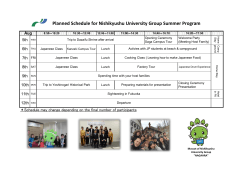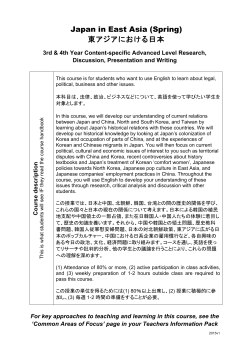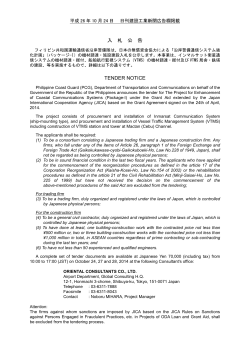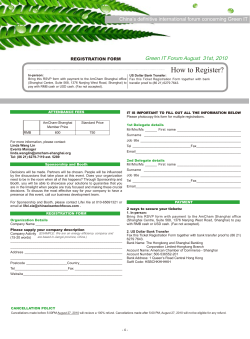
Table of Contents
Table of Contents Introduction 1 Part I: Remapping Shanghai, Remapping Hongkou 4 Chapter I. Reconfiguration of the urban space in modern Shanghai 4 1.1 “Tri-cities’’ in Shanghai: urban space in transformation 4 1.2 A divided city, a hybrid society 8 Chapter II. How special was Hongkou district in Shanghai? 10 2.1 Where was "Hongkou"? 10 2.2 American Settlement: “the Cinderella among the settlements" 12 2.2.1 From waterways to waterfronts 14 2.2.2 Bridges and roads 16 2.3 New frontiers for new comers 19 Part II: Structuring of the Japanese Community in Hongkou District 21 Chapter III. The latecomers to Shanghai 21 3.1 Why not an exclusive Japanese Concession? 21 3.2 Population growth after 1895 25 3.3 Choose Shanghai, choose Hongkou 30 3.3.1 "Why go to Shanghai?" 3.3.2 "Why choose Hongkou?" 30 33 Chapter IV. The administration structure and the power system 37 4.1 Japanese Consulate in Shanghai 37 4.2 'JRA': a 'self-governing' body run by the elites 42 4.3 Public services and communal duties 50 iv 4.3.1 The JRA-run schools and their school system in Shanghai 51 4.3.2 Japanese company in SVC 55 4.3.3 Public health service 57 4.3.4 Other services Chapter V. ‘Little Japan', a self-contained community 59 5.1 ‘Kaishaha’vs. 59 ‘Dochakuha’ 5.2 A society formed by small traders 64 5.3 Make Hongkou a Japan town 68 5.3.1 'Japanese streets' & ‘Little Tokyo' 68 5.3.2 Japanese lives in Hongkou 71 5.3.3 ‘Nagasaki ken-Shanghai shi’ 74 Part III: Compromises and Conflicts 76 Chapter VI. Conflicts with compromises 76 6.1 Japanese community and the Shanghai Municipal Council 76 6.1.1 Representatives in Council 77 6.1.2 Japanese participation in the SMP and other services in the SMC 78 6.1.3 Japanese wanted more voice in the SMC 81 6.2 The anti-Japanese boycotts and Japanese community 82 6.2.1 The boycott as an economic tool 83 6.2.2 The hostilities and the Japanese reaction 86 6.3 Conflicts with compromises 89 Chapter VII. Shanghai 1932: An era ended 92 Conclusion 99 Notes 102 V Appendices Appendices A Glossaries 148 Appendices B Bibliography 151 List of Tables Table 1. “Hongkou” in different Gazetteers of Shanghai County 11 2. The Japanese Population in Shanghai, 1889-1909 27 3. The Development of Japanese Population in Shanghai, 1912-1931 28 4. Japanese Firms in Shanghai, in First Decade of Meiji Era 32 5. The Geographical Origins of the Japanese Merchants in Shanghai, 1894 34 6. The Proportion of Japanese in Shanghai (1889-1892) 38 7. The Members of JRA Administrative Committee in 1915 and 1922 48 8. The Enrollment of Japanese Primary Schools in Shanghai (1911-1932) 52 9. The Japanese Schools run by the JRA 55 10. The Proportions of Japanese Population in Different Professions in the Early 1910s 60 11. The Different Status of “Kaishaha” and “Dochakuha” 62 12. The Election Result of the Residents' Council of the JRA (1925,1929) 63 13. The New Registered Japanese Commercial Firms in Shanghai (1918-1932) 65 14. The Japanese population resided in Outer Hongkou Area 70 15. Japanese Small Businesses Opened inside the "Japanese Streets Area" (1924)....72 List of Figures Figure 1. Shanghai Japanese Clubs (1903-1908) 44 2. The Structure of Japanese Residents' Association 47 vi
© Copyright 2025









